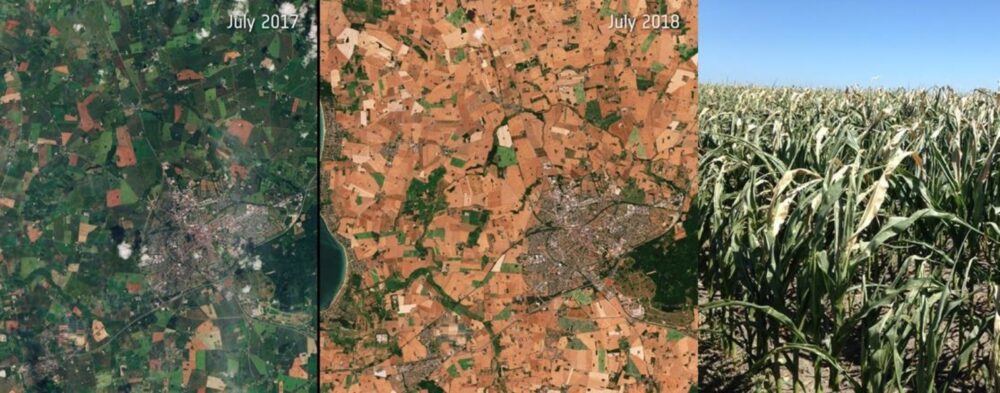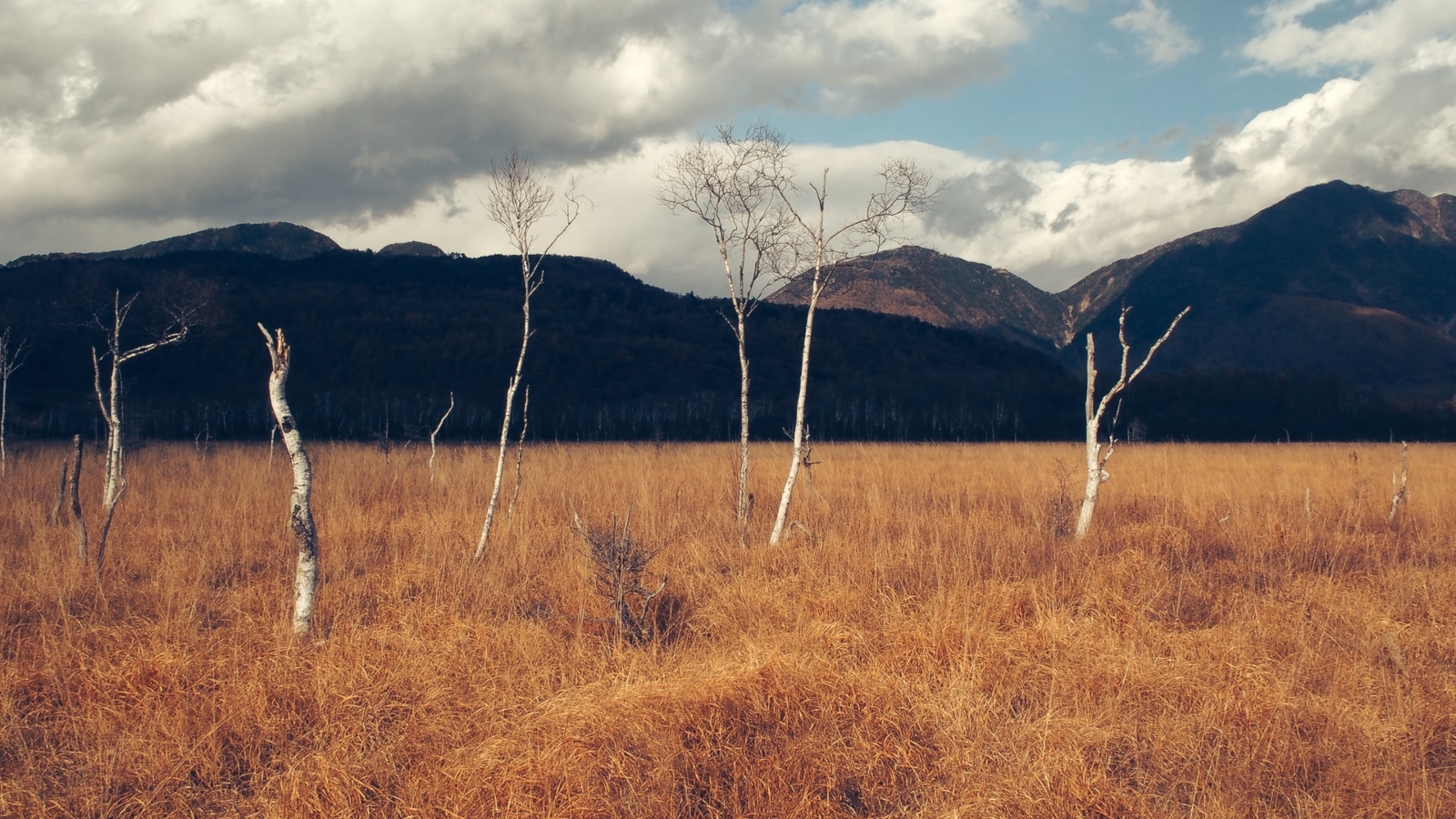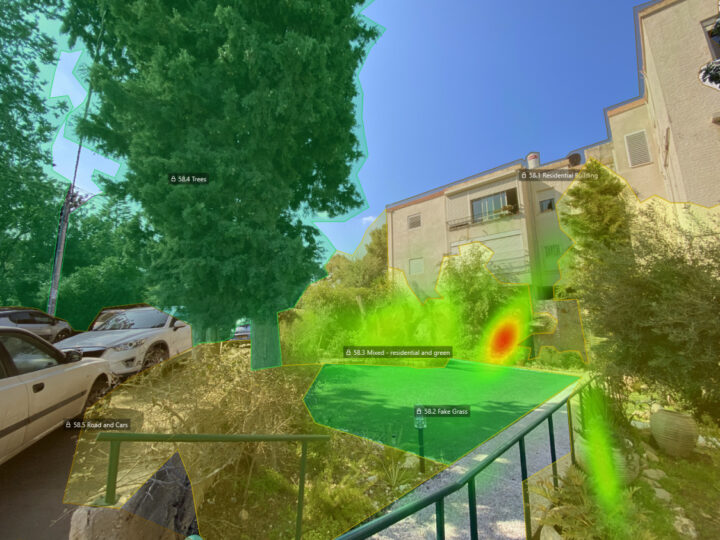This summer’s wildfires and heatwaves are making worldwide headlines, with the UK reaching 40 degrees Celsius for the first time ever.
Scientists in Israel now say that we can better predict and prepare for continued extreme weather –especially droughts — by studying the unique adaptations of desert life to dry conditions.
In the journal Nature Ecology and Evolution, the scientists list 12 mechanisms driving dryland ecosystems, which cover more than a third of the Earth’s land area.
These mechanisms affect vegetation distribution, plant growth, water flow, energy budget, carbon and nutrient cycling, and decomposition of dead material.
And they’re controlled by environmental factors such as solar radiation, high temperatures, large bare patches between plants, and inconsistent availability of water.
The researchers asked what sort of changes would be required to start seeing those mechanisms in wetter temperate regions, a phenomenon that is already happening.
For example, a severe European drought and heatwave in summer 2018 led to desert-like biological processes occurring in normally wet farmlands.

Their mathematical models predict that the total non-dryland area with average topsoil temperature of more than 40 degrees Celsius (104F) is estimated to increase by an area equal to the total land mass of the United States and Brazil by the end of the century.
Furthermore, moisture in the topsoil is expected to decrease in 74 percent of areas currently not classified as drylands.
Dry soil conditions will cause the emergence of many dryland mechanisms, such as redistribution of soil water via plant roots. More sparsely distributed vegetation will increase the prevalence of organisms forming soil surface crusts and increase the role of sunlight in breaking down dead leaves.
Ultimately, a better understanding of these uniquely adapted desert systems could lead decisionmakers to realistic expectations for emperate and wetter areas.
“Dryland mechanisms could widely control ecosystem functioning in a drier and warmer world” was authored by an international team led by Prof. José Grünzweig of the Hebrew University of Jerusalem and including researchers from Ben-Gurion University of the Negev, Tel Aviv University and the Weizmann Institute of Science.

















